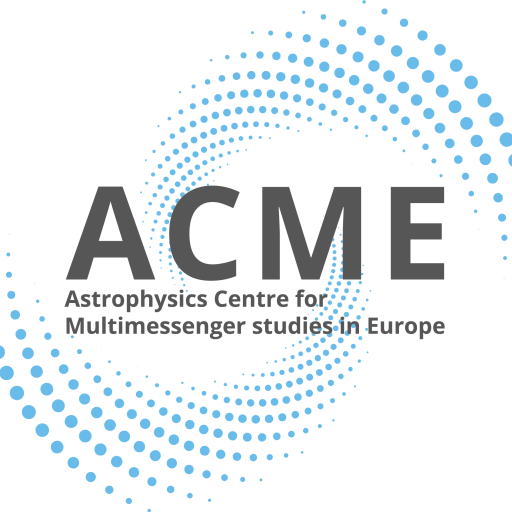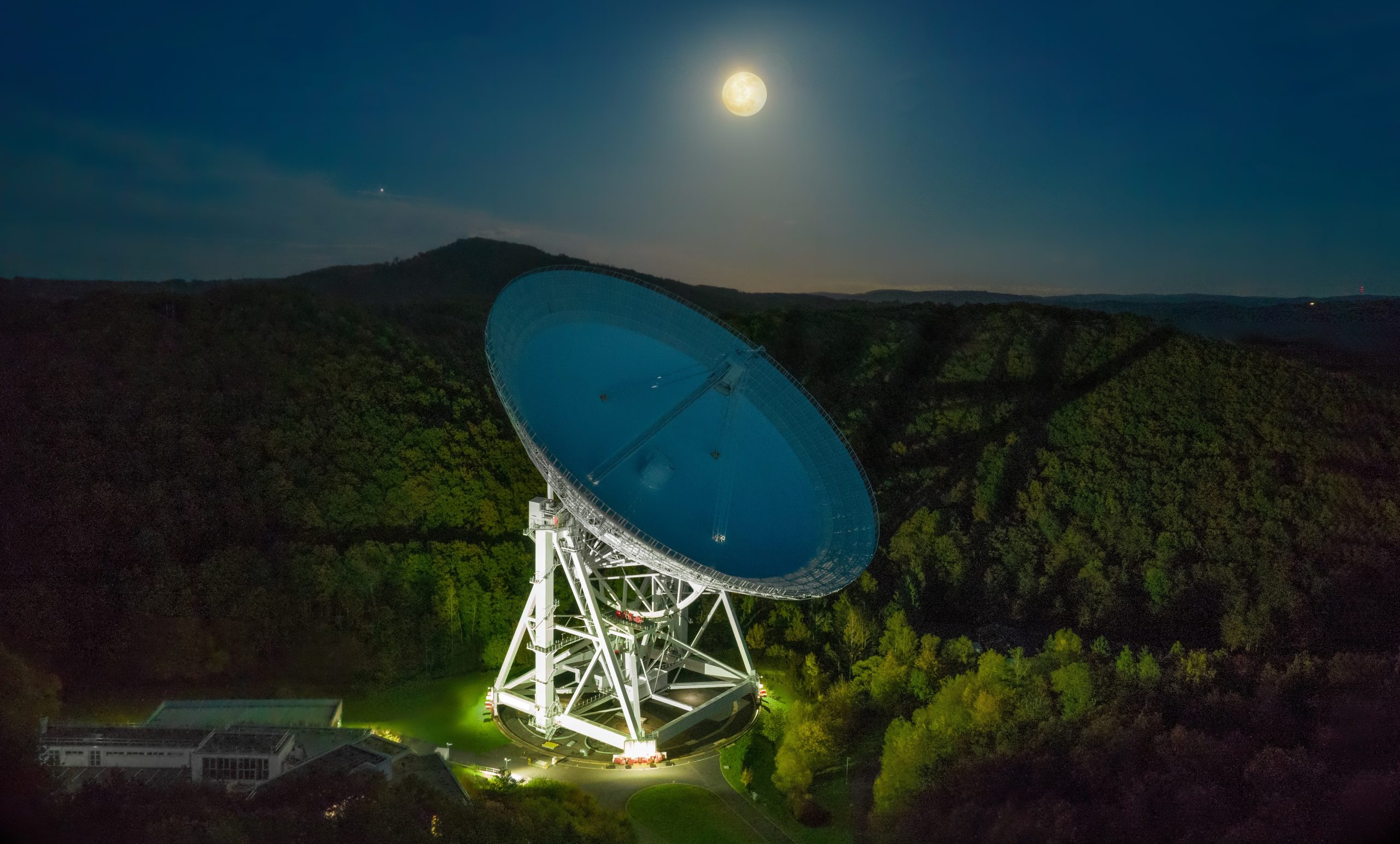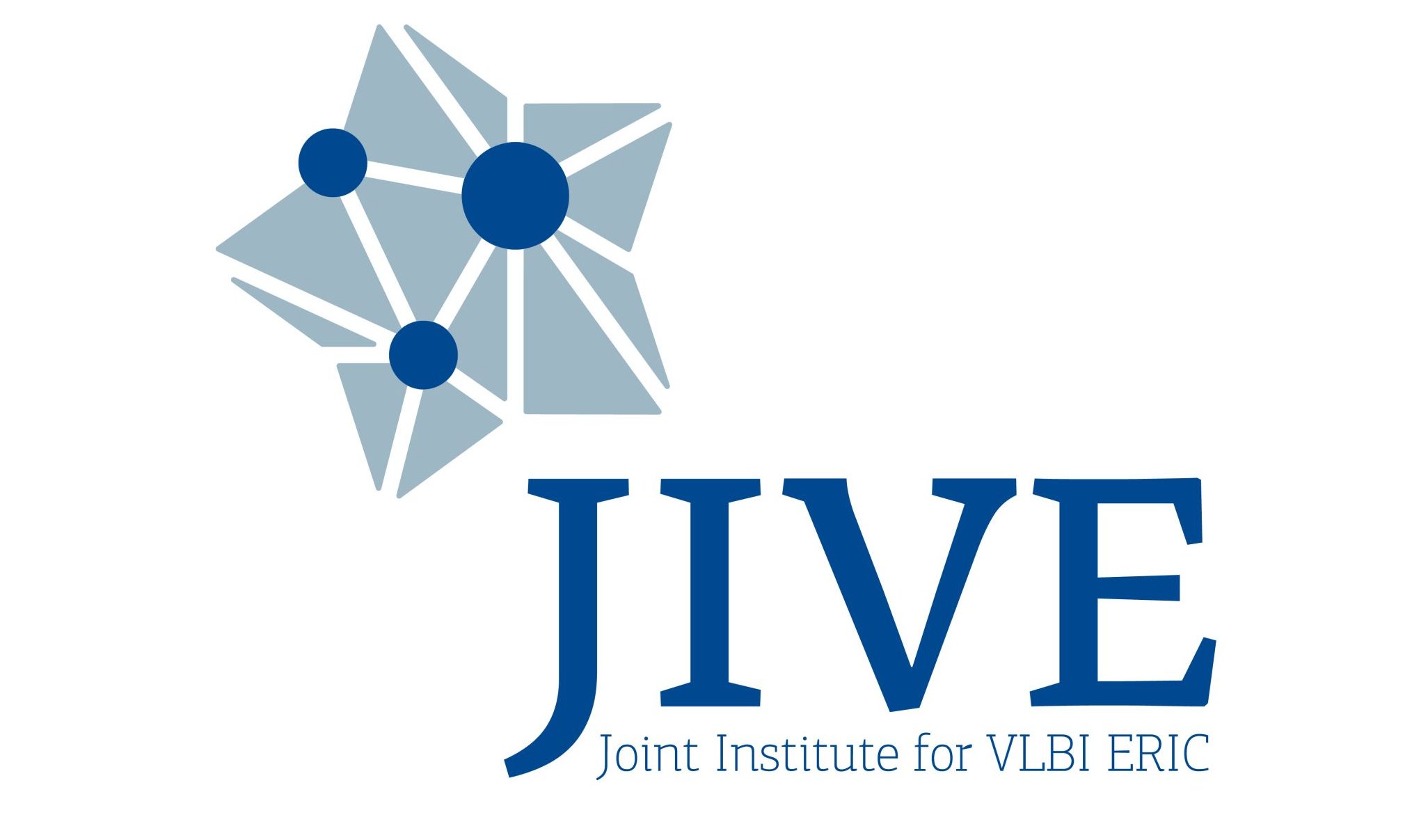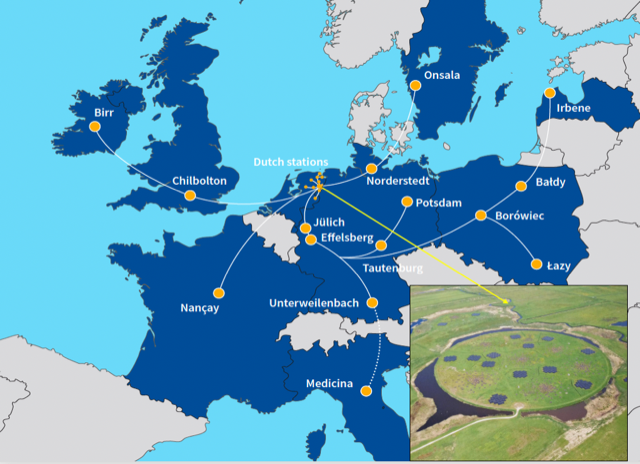Centre of Expertise — Radio
The radio domain covers wavelengths ranges from meter to (sub-)mm, corresponding to a range of about 100 MHz to a few hundred GHz in frequencies. The longer wavelengths are typically dominated by incoherent synchrotron emission or coherent processes, with thermal emission becoming more important at short wavelengths.
High-energy transient phenomena (supernovae, gamma-ray bursts, compact object mergers, flaring AGN, tidal disruption events etc.) are generally sources of non-thermal synchrotron emission; the radio emission traces relativistic particle populations generated in e.g. shocks. While timely observations are important in this domain, it must be noted that radio emission is often synchrotron self-absorbed initially while the emitting region is very small.
Radio data are often used to constrain the size of the emitting region either by direct measurements (through very long baseline interferometry [VLBI], in which case radio telescopes networks on global scales work together), or by detecting scintillation. The high angular resolution of VLBI -typically milliarcseconds- often allows direct measurement of proper motion and constraining geometry, sometimes even the distance (for Galactic transients). Measurements of radio spectral indices and polarization may help characterize the emission process and the physical conditions in the emitting region. Examples for coherent radio emission from transients include Fast Radio Bursts (FRB).
List of nodes
Effelsberg node
Access to expertise In the framework of ACME, scientists can get support and advice in all phases of the planning, execution and analysis of the observations: Proposal preparation - choice of receivers, backends, and observing modes Observation planning - preparation...
enhanced Multi-Element Radio Interferometer Network (e-MERLIN)
Available expertise e-MERLIN offers end-to-end support for the e-MERLIN user community for the following expertise areas: proposal preparation MERLIN/e-MERLIN archive requests writing observing schedules calibrated data through a bespoke e-MERLIN data...
ASTRON – Science Data Center Operations (SDCO)
ASTRON operates the Low Frequency Array (LOFAR) telescope, distributed across Europe, which represents a research infrastructure (LOFAR-ERIC) dedicated to provide the wider astronomical community with the highest resolution observations at the lowest radio...
JIVE
The Joint Institute for VLBI ERIC (JIVE) is a research infrastructure providing central support to the European VLBI Network (EVN). JIVE's mission is to promote and implement the use of Very Long Baseline Interferometry (VLBI) and other radio astronomical techniques....
List of instruments and experiments
LOFAR
The LOw Frequency ARray (LOFAR) is the world’s largest and most sensitive low-frequency radio telescope. It is a network of 52 geographically distributed antenna stations that stretches across Europe. With its versatility and its unique spectral coverage (10 - 250...
Effelsberg
Effelsberg 100m Radio Telescope The 100-m Radio Telescope of the Max-Planck-Institut für Radioastronomie (MPIfR) is a unique European astronomical facility that combines superb sensitivity and wide frequency coverage (300 MHz to 90 GHz) with distinct versatility. The...
e-MERLIN
e-MERLIN is an array of seven radio telescopes spanning 217 km (135 miles) across Great Britain connected by a superfast optical fibre network to its headquarters at Jodrell Bank Observatory. It has a unique position in the world with an angular resolution comparable...
EVN
The European VLBI Network (EVN) is an interferometric array of twelve radio telescopes spread throughout Europe, but also including eight telescopes in Asia and South Africa. With baselines ranging from 260-10k km, it provides sub-milliarcsecond imaging and...
List of provided expertise and tools
The Radio JCE nodes are organized around the four radio facilities in ACME: Effelsberg, ASTRON – Science Data Center Operations (SDCO) – for LOFAR/ILT support, e-MERLIN, and JIVE, a European Research Infrastructure Consortium to support the EVN. The expert support at these nodes include help with proposal preparation (the instrument-specific technical details; how to submit a proposal), observe file preparation (preparation for an experiment), conducting the observations, preparing the data for the user (calibration metadata, data reduction pipelines), help with data analysis, help navigating archives and using the various tools provided. Our aim is to offer expert help to all users, regardless their experience level working with radio data.
For the services offered by each JCE, please refer to the individual node pages. If you have general questions about radio facilities in ACME or have specific questions about any of the instruments or their use, please feel free to ask through the ACME virtual platform. General questions will be answered centrally, while instrument specific questions may be forwarded to the relevant node.







